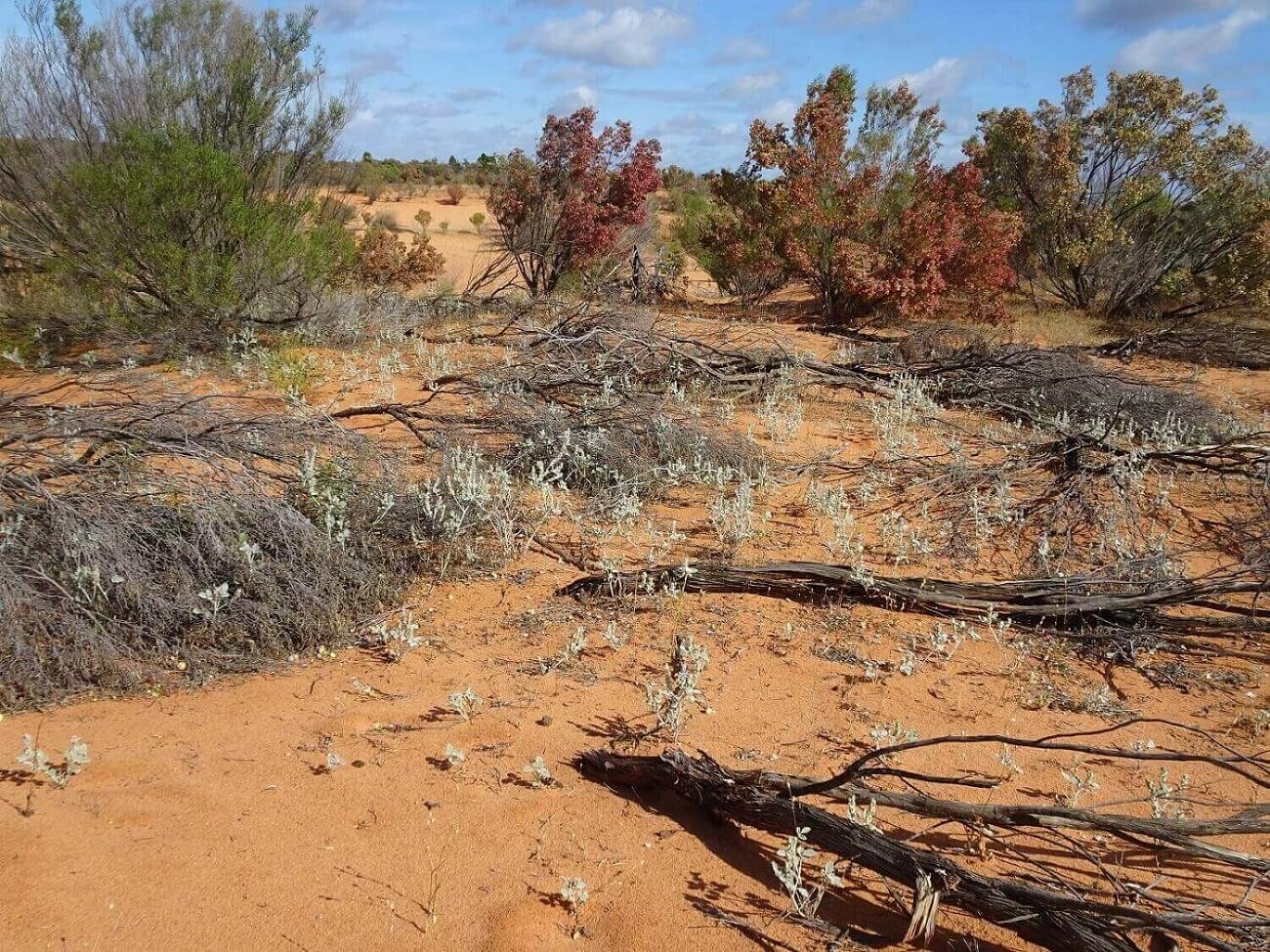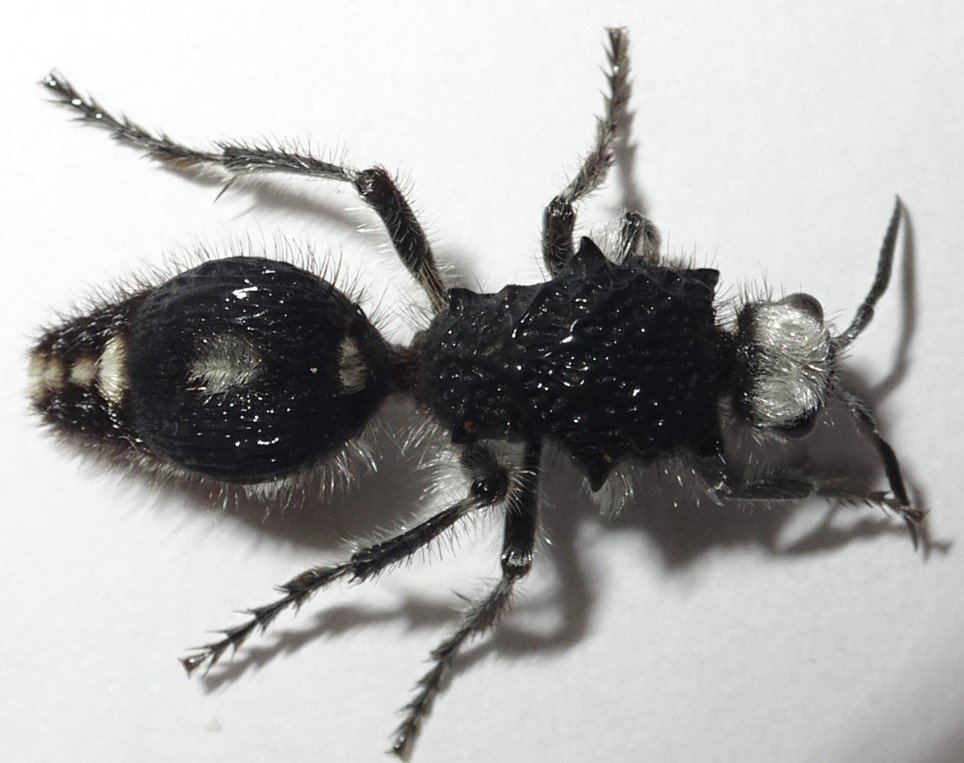November socials
Here is a round-up of our social media posts from November. This collection is for those who don’t spend much time on Facebook or Instagram:
Regent Parrots enjoying Goosefoot, Rainbow Bee-eaters eating bees, the amazing growth of the rare plant Cullen pallidum, the 2008 revegetation feeds Pink Cockatoos and a stunning Velvet Ant.
Look at this cool plant, it's called Nitre Goosefoot. It's a real floodplain species and forms dense thickets. The birds? Oh, those are the nationally threatened Regent Parrots. Apparently, they like to eat Nitre Goosefoot (Chenopodium nitrariaceum).
One of the best things about doing your own revegetation is that you choose what to grow, when and where. We've seen Regent Parrots feeding in another chenopod called Maireana turbinata. So I picked some seed and this year we planted a hundred or so food plants. I'm lucky that my mum and dad help grow the plants for me. Guess what mum and dad are growing for next year's revegetation!
Sunshine, lollipops and Rainbows!
Hope you're feeling glamorous like a Rainbow Bee-eater (and not like the bee that's being beaten to death on a branch).
We spread branches on the bare ground and look what grew! Lots of endangered Scurf Pea (Cullen pallidum).
The branches catch seeds and leaf litter, as well as provide shade and protection. A perfect micro habitat for new plants to grow.
These are Em's trees. She helped plant them back in 2008. The native Pine trees (Callitris gracilis) are now providing regular snacks for a pair of Pink Cockatoos. Love it when a plan comes together ...
What's the best thing you've seen in your revegetation?
And BTW, I do call them Pink Cockatoo, not Major Mitchell’s Cockatoo. I encourage you to have a look at this website mapping colonial massacres to understand why. The Mt Dispersion massacre site is just near our house. BirdLife Australia tells me it is one of a long list of species currently being considered for a name change.
Loving these black and white girls that seem to be everywhere at the moment. Although it's called a Velvet Ant, it's a wasp not an ant ...
These Mutillid wasps complete their larval development inside an insect host. Yep, a parasitising wasp. But don't hold that against it, look at the hair-do!
Bothriomutilla rugicollis
Here is a detailed, but rather gruesome story of Velvet Ants parasitising a mud wasp nest from Southern Forest Life.













